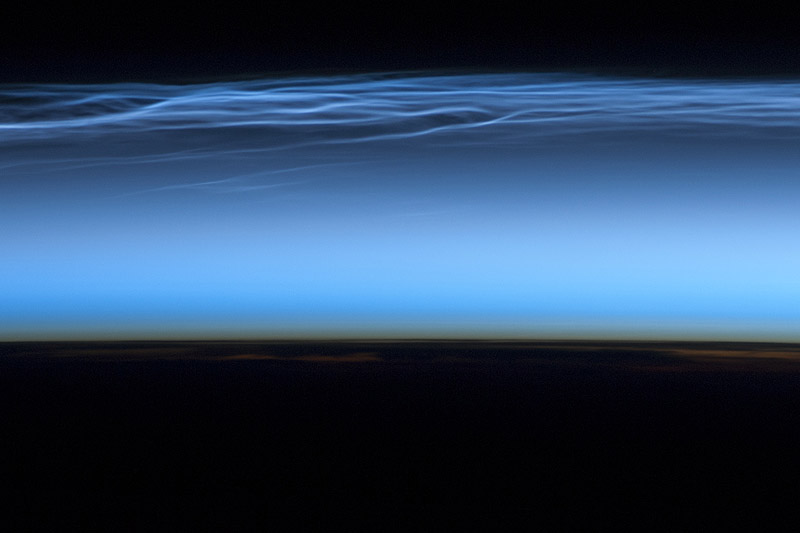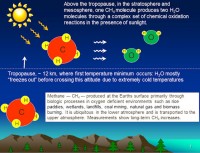Astronauts on board the ISS took this picture of noctilucent clouds near the top of Earth’s atmosphere on July 13th, 2012. (Credit: NASA)
Home Astronauts on board the ISS took this picture of noctilucent clouds near the top of Earth’s atmosphere on July 13th, 2012. (Credit: NASA) Astronauts on board the ISS took this picture of noctilucent clouds near the top of Earth's atmosphere on July 13th, 2012. (Credit: NASA)




